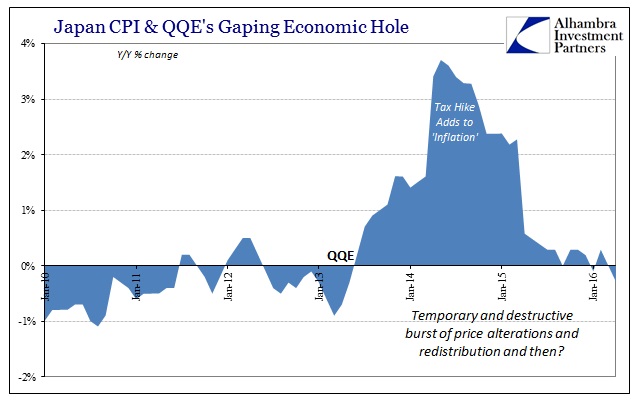Let us be generous to the Bank of England. Let us avoid quibbling about that original £198bn of ‘quantitative easing’ coming from out of thin air. Let us agree that the principal securities in their UK gilt fund are now worth £199bn and that they have received £8bn in coupon interest payments, presumably to buy more UK gilts with. Let us even forget that the whole ‘quantitative easing’ programme is simply one element of the British government printing up some currency and then ‘buying up’ IOUs with it from another element of the British government. We will even forget about the £1bn in interest they had to pay themselves on their reserves.
Overall, we must suspend disbelief for a few moments about the kind of person who plays the banker in Monopoly and who keeps winning because they can’t resist the urge to help themselves to ‘free’ money from the game’s money supply.
If we can bring ourselves to do all that then we are left with a £207bn pound output from an initial input of £198bn pounds. To make the mathematics easy on ourselves, we will assume that the quantitative easing programme has been in place for exactly one year, since June the 1st, 2009, which delivers a healthy sounding return of 4.5%.
However, that return is all in one sinking paper currency, the pound sterling, and has only ‘grown’ recently in relation to other paper currencies, specifically the euro, because these other currencies are sinking even faster and people are shuffling their euro-based bond securities into pound-based bond securities in a fearful bid to find a ‘safe haven’. All of the world’s paper fiat currencies are sinking because central bankers everywhere possess just one weapon, the electronic printing press, and they are all firing this weapon like there is no tomorrow. And they will continue to do so because they have no other strategy.
If they do keep going like this, then there really will be no tomorrow, certainly for the paper pound, which could eventually reach its intrinsic value, which is that of poor quality firelighters.
The unmentionable elephant in the room, however, is that all of these paper currencies are sinking against gold, which is their joint mutual enemy, because they all shrink and seem far less valuable within the reflective cast of its lustrous yellow metallic sheen.
What was the price of gold on the 1st of June, 2009? It was £595 pounds. What was it on the 1st of June, 2010? It was £840 pounds. This is a return of 41%.
Now that’s what I call a real investment.
This means that against gold, the current £207bn fund the Bank of England is so proud of, is worth just £147bn of last year’s money. This is a 29% loss. Or to put it another way, if £198bn of last year’s money had been placed into gold, it would now be worth £279bn. Which means that the celebrated men and women of the Bank of England have just lost £72bn pounds.
Yes, this is even more than the £5bn the late unlamented Gordon Brown threw away when he sold off a large chunk of the British government’s gold reserves, to exchange it for euros and other paper IOUs.
Gold is money.
We should accept nothing less.


